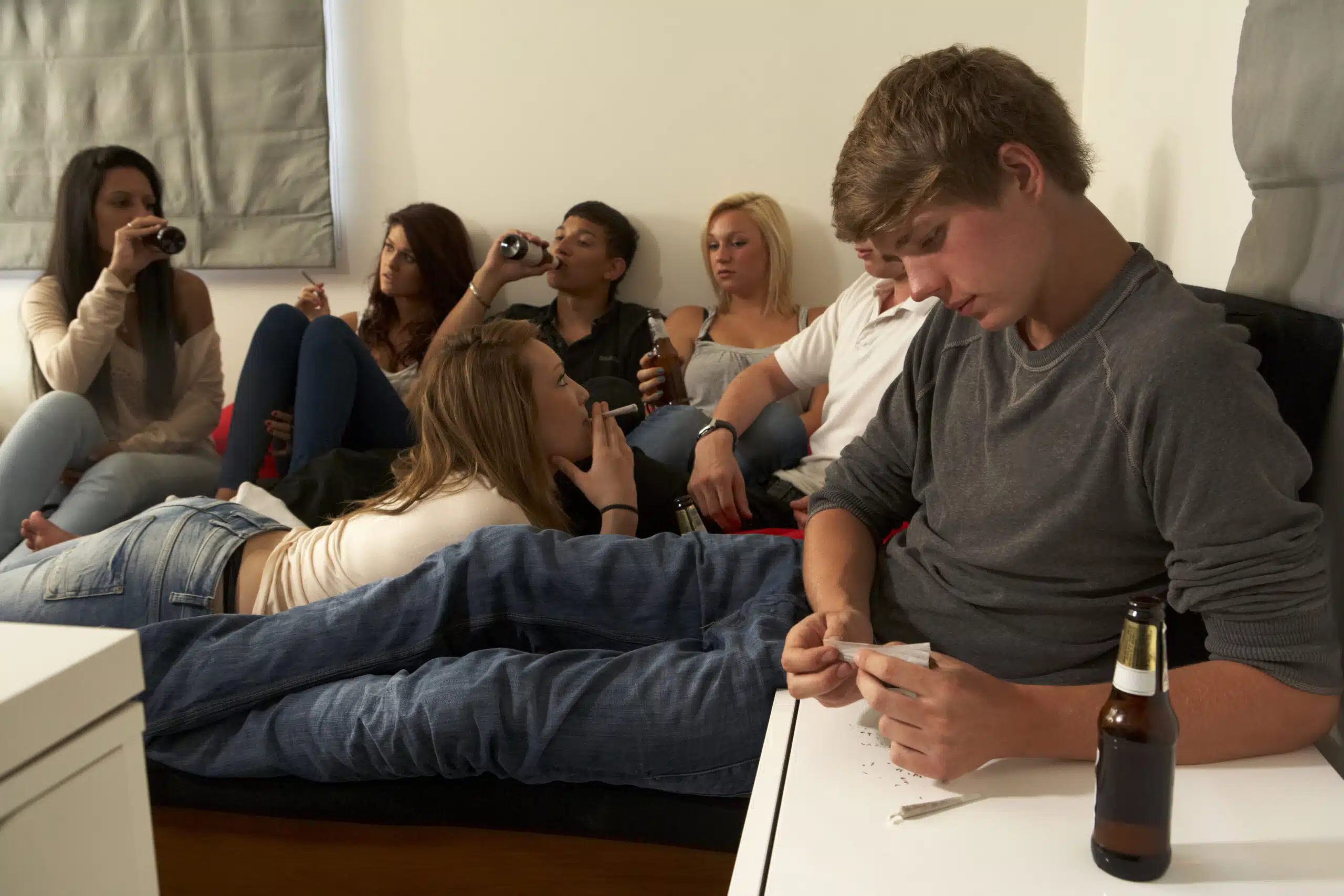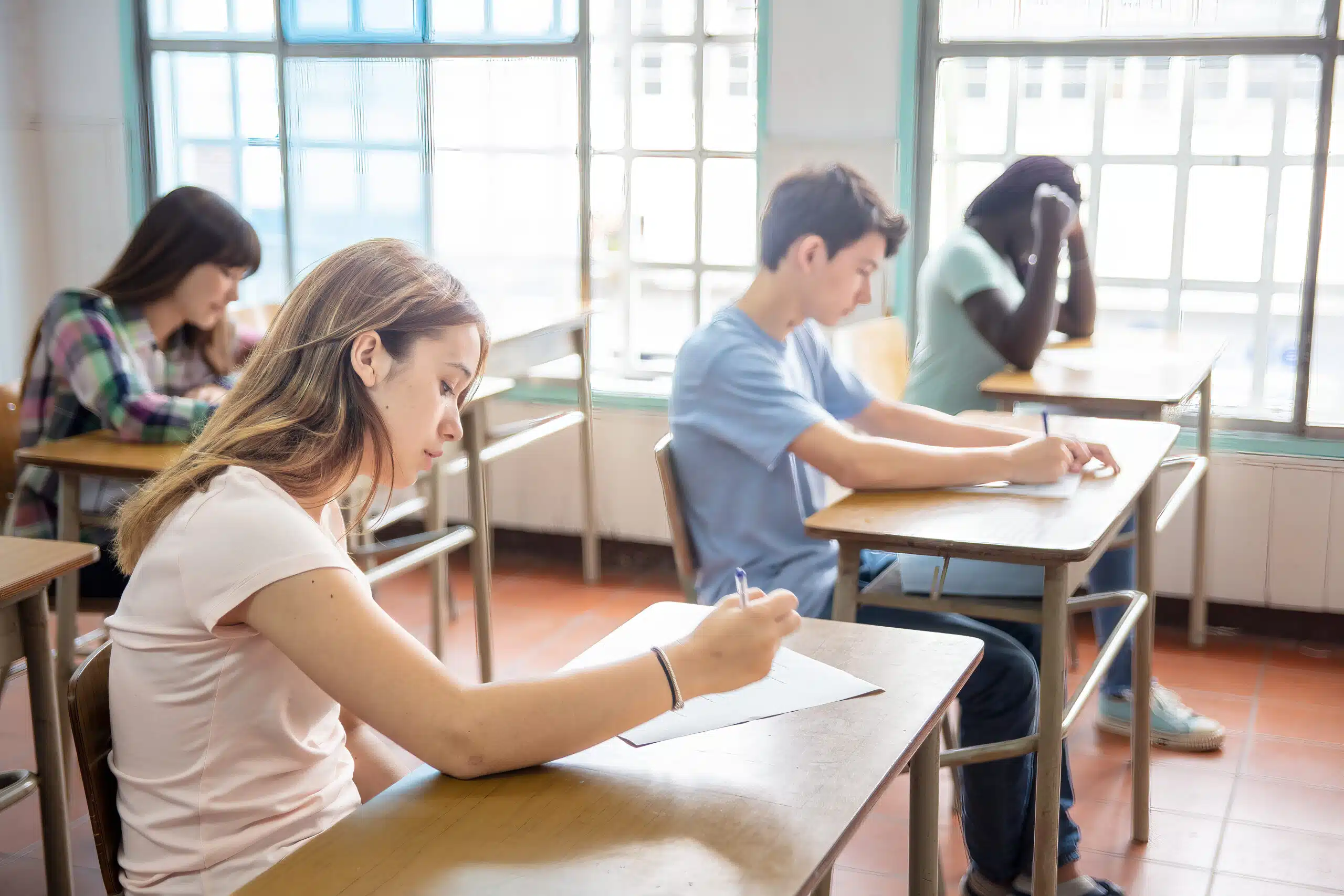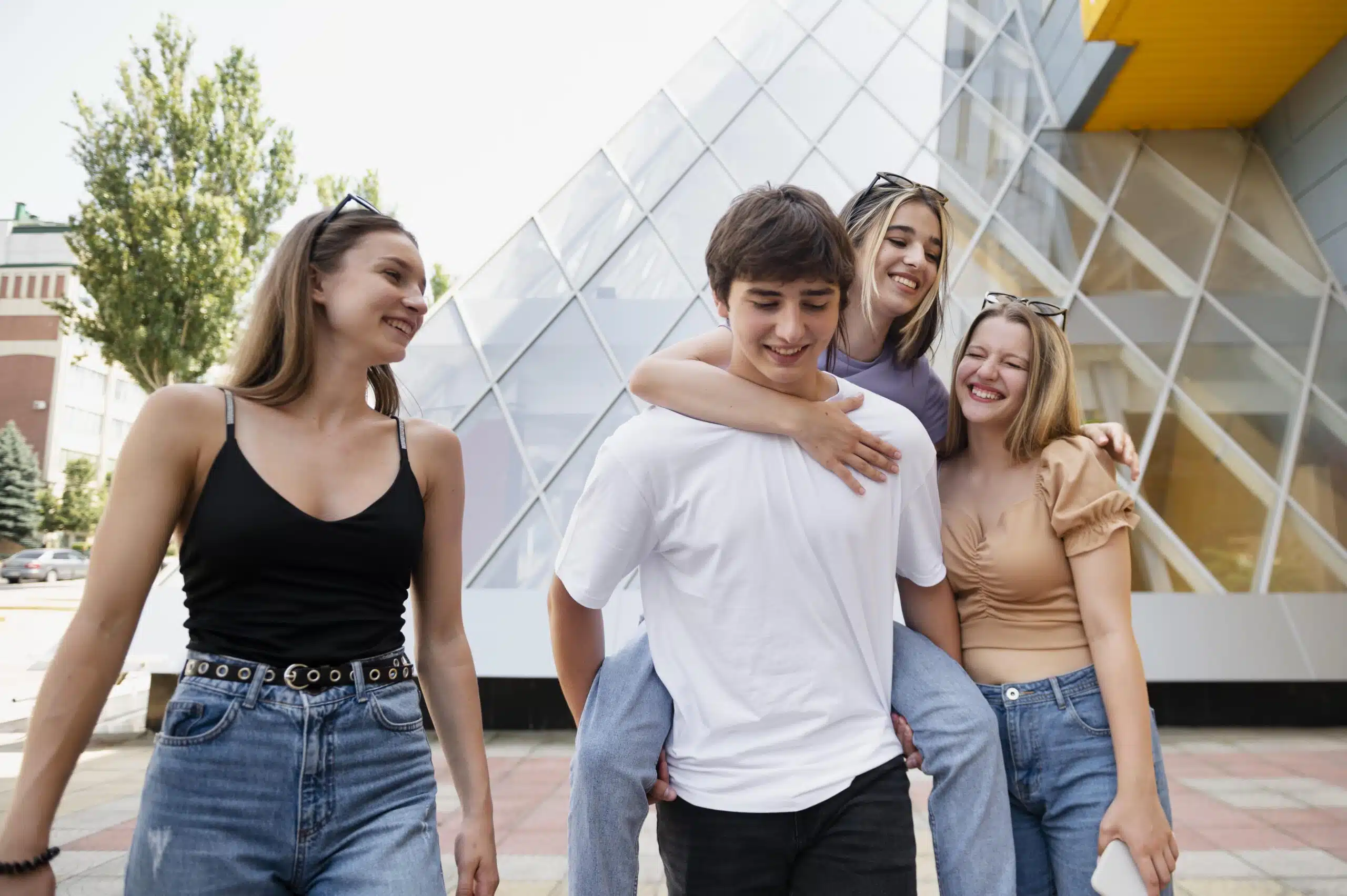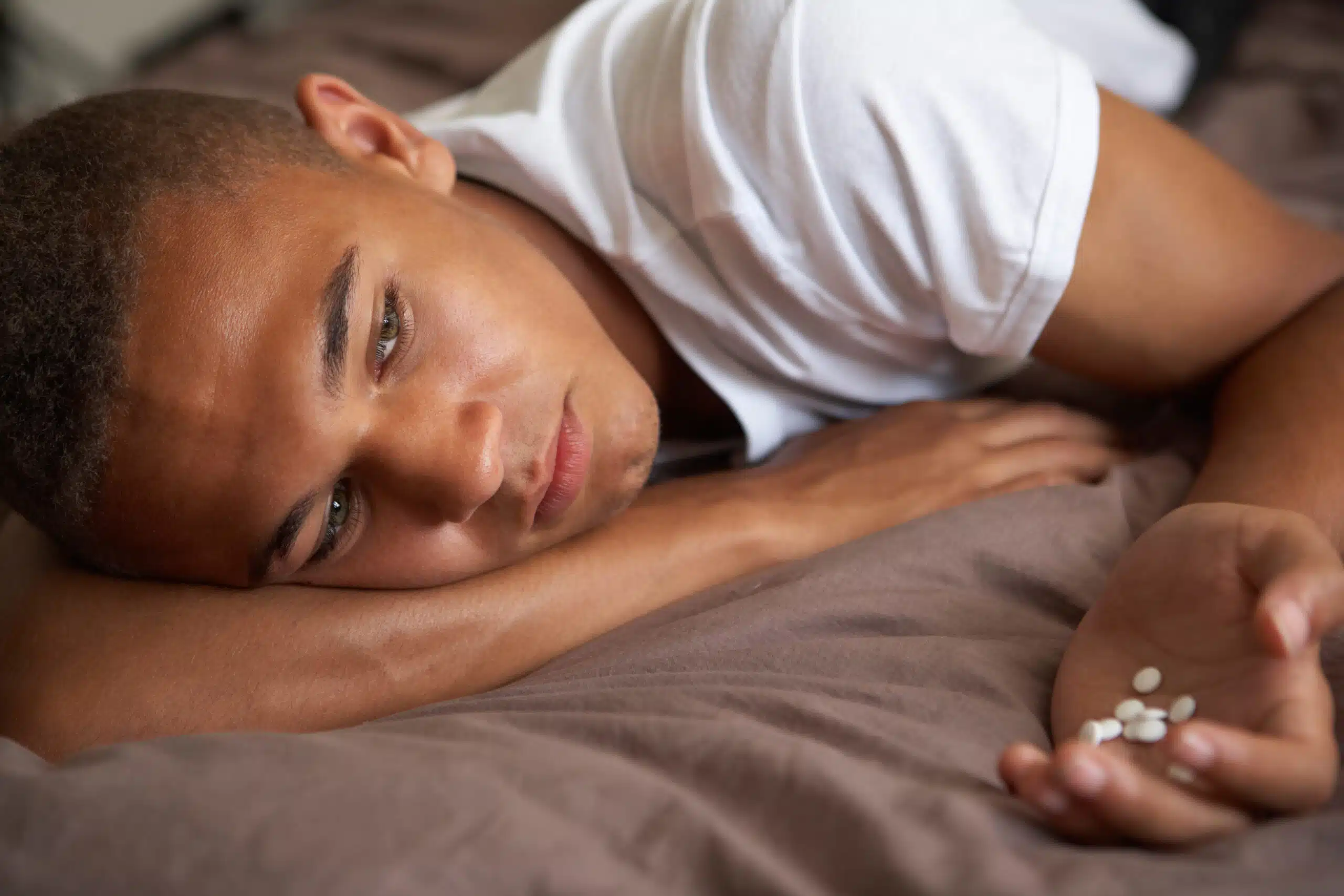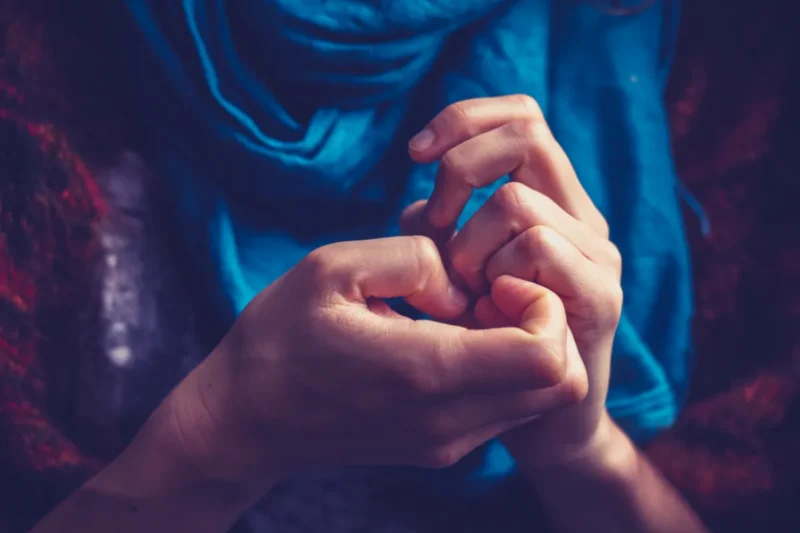
Trichotillomania in Teens
Trichotillomania in Teens
Trichotillomania causes a strong urge to pull out one’s own hair, often starting during the teenage years. For parents, it can be confusing or distressing to witness, especially if your teen is hiding the behavior or struggling in silence. Understanding the signs, possible causes, and treatment options of trichotillomania in teens is key to finding effective support. With early recognition and a caring approach, families can help teens reclaim their lives from this condition and improve their overall well-being.
Beachside Teen offers comprehensive mental health treatment for teens in California. Call us now at 888-254-0916.
What is Trichotillomania?
Trichotillomania is a mental health condition characterized by an individual’s insistent urge to pull out their own hair. This may be from their scalp, eyelashes, or eyebrows. This behavior is commonly a response to anxiety, stress, or even boredom. In many cases, individuals may not be consciously aware that they are pulling their hair at that moment. Though this may provide a temporary sense of relief or satisfaction, trichotillomania can lead to noticeable physical changes and cause significant emotional distress.
Typically, this behavior surfaces in childhood or adolescence. It is more commonly reported amongst females. There is not one exact root cause of trichotillomania in teens, as it stems from a mix of biological, psychological, and environmental influences. It is important for individuals with this disorder to seek proper support, as hair pulling can be a harmful behavior and may also reflect underlying issues such as untreated depression, anxiety, or another mental health condition.
Signs & Symptoms of Trichotillomania in Teens
Trichotillomania in teens can be difficult to recognize as they may conceal their behavior due to embarrassment or shame. However, it is crucial for parents to look out for these signs and take action if they notice any. That way, teens can get the treatment they need as soon as possible. Indicators that a teen may be struggling with hair pulling include:
- Repetitive Hair Pulling: Continued hair pulling even after recognizing damage. This may be unconscious.
- Noticeable Hair Loss: This often occurs on the scalp, eyebrows, or eyelashes. It can be patchy.
- Tension Prior to Pulling: Feeling stressed or anxious before pulling out hair.
- Avoiding Social Scenarios: Teens may avoid activities like pictures, haircuts, or swimming to hide their behavior.
- Covering Hair Loss: Using hats or make-up to conceal hair loss or thinning.
- Feeling Relief After Pulling: Experiencing a sense of relief or pleasure after engaging in this behavior.
- Playing with/Chewing on Pulled Hair: In some cases, teens may roll, examine, or chew on the hair they have pulled out.
- Exhibiting Emotional Distress: Showing signs of guilt, shame, embarrassment, or confusion in reference to this behavior.
Causes of Trichotillomania in Teens
Trichotillomania is a complicated disorder, therefore, it does not stem from a single cause. It involves a combination of psychological, genetic, and environmental factors. It is important to understand how these influences impact this condition so that parents and teens can more effectively recognize this issue and seek professional help.
Psychological Factors
Hair pulling in teens may be a coping mechanism for anxiety, boredom, or emotional stress. It often offers a passing sense of control or relief during overwhelming times. Many teens may develop this as a response to tension or as a means of self-soothing—similar to individuals picking at their skin or chewing on their nails. Eventually, this behavior can evolve into a habit and be a teen’s natural response to stress and negative emotions—even if they are not fully aware of this.
Genetic Factors
There is evidence to suggest that this condition can be genetic. Those with a family history of OCD or additional body-oriented repetitive behaviors might be at a greater risk of developing this disorder. Though not every teen with a genetic predisposition will experience trichotillomania, it can increase the likelihood—especially when combined with other factors.
Environmental Factors
Trauma, changes in routine, and upsetting life events can be a part of triggering this condition. For example, bullying, unhealthy family dynamics, and academic pressure can all contribute to distress that makes hair pulling more likely. Even what seems to be minor changes at home or at school can serve as environmental triggers for this disorder.
How is Trichotillomania Diagnosed
In most cases, trichotillomania in teens is diagnosed by a mental health professional, such as a psychologist or psychiatrist, through a clinical assessment. Though there is not a specific test for it, the diagnosis is drawn based on an extensive evaluation of the person’s hair-pulling behavior, history, and overall mental and emotional health. During this assessment, the mental health professional will ask questions such as when the behavior began, how frequently it occurs, and what scenarios or feelings trigger it.
To make a formal diagnosis, clinicians often reference the criteria in the Diagnostic and Statistical Manual of Mental Disorders (DSM-5). In accordance with the DSM-5, the behavior must involve recurrent hair pulling that leads to hair loss, ongoing attempts to stop or reduce the behavior, and significant distress or problems functioning at school, work, or socially. Additionally, they must rule out other medical or mental health conditions that may be associated with comparable symptoms, like alopecia or OCD.
In some cases, a dermatologist might initially spot the signs and refer the individual to a mental health professional. Early identification and diagnosis are vital so that individuals can get swift treatment before more damage is done.
Ways to Treat Trichotillomania in Teens
The treatment of trichotillomania in teens consists of a combination of personalized approaches.
Because this disorder impacts a teen’s emotional, social, and behavioral wellness, their treatment plan typically includes therapy, holistic interventions, group settings, and, in some cases, medication. Services commonly used to mitigate destructive behaviors and instill healthy coping mechanisms in teens are highlighted below.
Evidence-Based Therapies
Behavioral therapies, such as cognitive behavioral therapy (CBT), have shown to be effective in the treatment of trichotillomania. Specifically, professionals may utilize a method referred to as habit reversal training (HRT). This method assists teens in becoming more aware of what triggers their hair pulling and teaches them healthier ways to replace this behavior. Furthermore, acceptance and commitment therapy (ACT) is often used to help teens accept their urges but not act on them—instead, focusing on personal goals.
Support Groups
For teens, support from peers can play a vital role in recovery. Both in-person and virtual support sessions can allow teens a safe environment in which they can communicate openly, connect with/learn from those facing similar issues, and reduce feelings of loneliness. This fosters a sense of community and comfort for teens.
Holistic Strategies
Holistic healing strategies can help teens reduce stress, improve their mindset, and enact positive lifestyle changes. Helpful activities may include yoga, mindfulness practices, journaling, and meditation. Furthermore, establishing a familiar routine and setting achievable goals can help teens reduce stress and anxiety. Additionally, fidget toys or sensory objects may help teens with redirection.
Medication
Certain medications may be prescribed to help manage the underlying causes of this condition and control related symptoms. These might include selective serotonin reuptake inhibitors (SSRIs) or other types of antidepressants. Generally, medication is most effective when combined with therapy and should always be properly monitored.
Find Mental Health Help for Teens in Malibu, CA
Trichotillomania can be very concerning for both parents and teenagers. At Beachside Teen, we understand the complex nature of this disorder and are prepared to equip your teen with all of the tools necessary to overcome this condition and improve every facet of their well-being. Our programs are designed to address the unique challenges of adolescence, helping teens build a strong foundation for a bright future. To learn more about how we can help, give us a call or visit our admissions page.
At Beachside Teen, we’re committed to supporting adolescent mental health through evidence-based approaches appropriate for developing minds and bodies. If you or your teen needs guidance, please reach out to our team at 888-254-0916 or verify your insurance to learn about our comprehensive adolescent mental health services.

